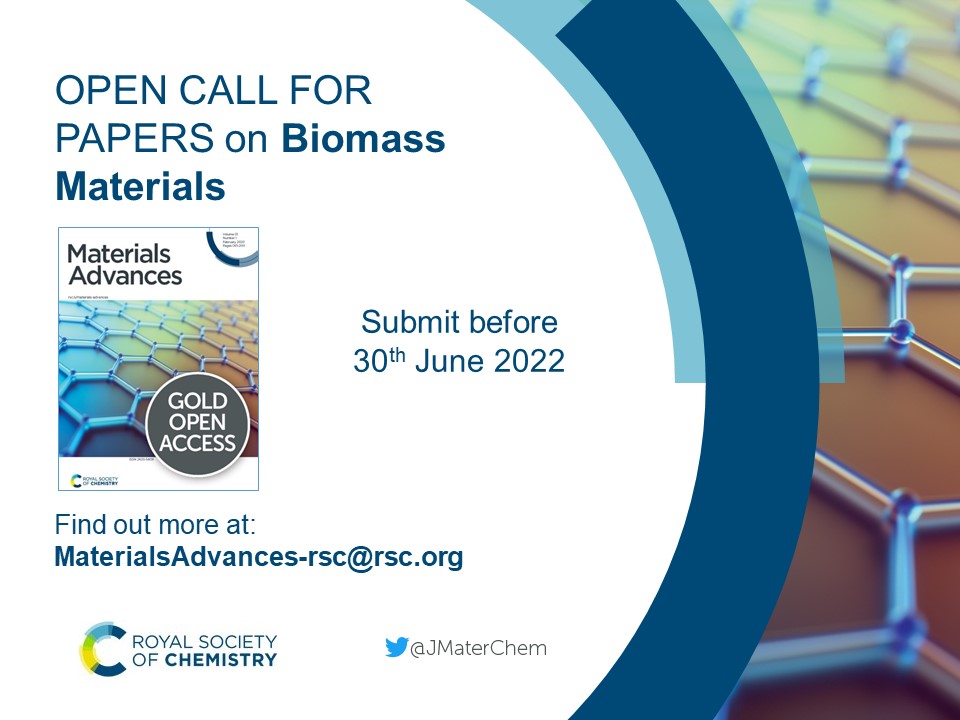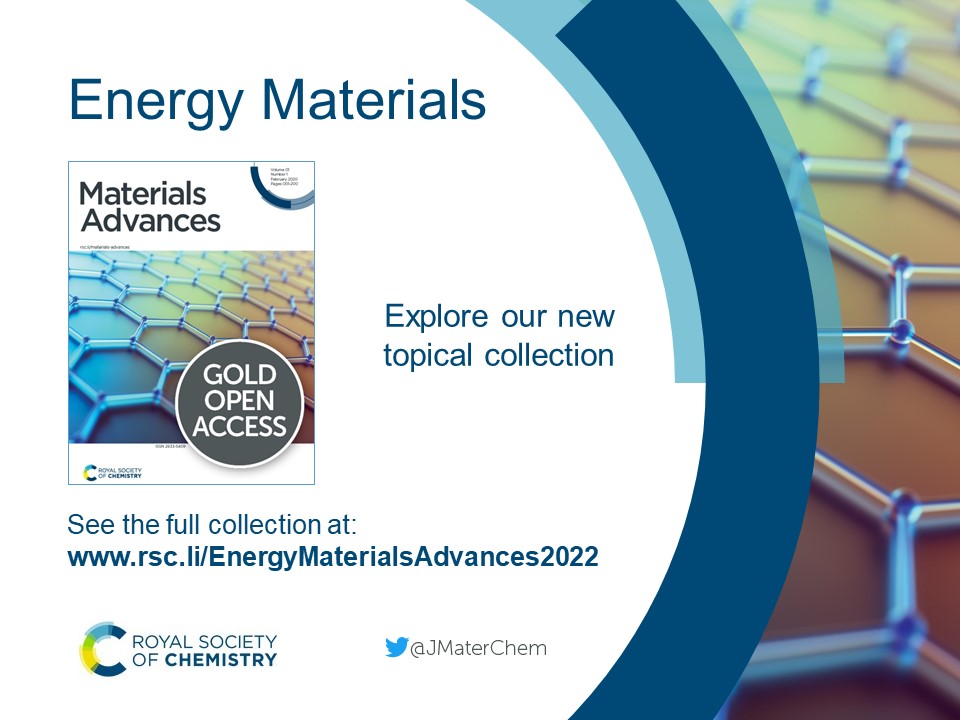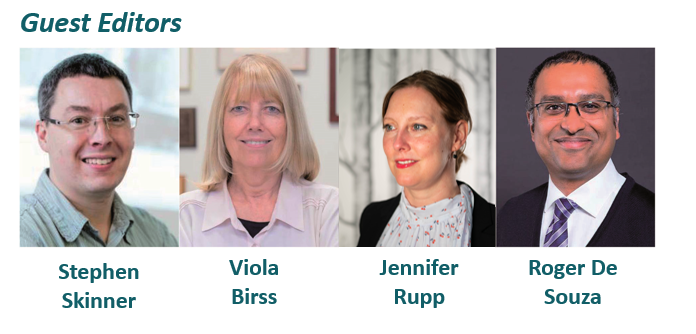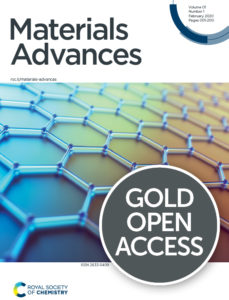Journal of Materials Chemistry C is delighted to announce a call for papers for its latest themed collection on “Stability of Optoelectronic Materials and Devices” Guest Edited by: Yana Vaynzof (Technical University of Dresden), Zhuoying Chen (ESPCI Paris/CNRS/Sorbonne Université/Université PSL) and Dinesh Kabra (Indian Institute of Technology Bombay).
Emerging optoelectronic materials are under intense scrutiny both in terms of their fundamental properties and application in a range of electronic devices. These include, among others, organic materials, quantum dots, metal halide perovskites, metal oxides, 2D materials. These materials have already found application in solar cells, light-emitting diodes, field-effect transistors, photodetectors, lasers and many more. While the function and performance of these devices are highly important, their stability also needs to be addressed if these technologies are to find their way to industrial applications. In this themed collection, we focus on the latest insights regarding the fundamental mechanisms of material degradation, the study of active-material/device stability and the development of mitigation strategies both in terms of chemical design and device architecture engineering.
This call for papers is open for the following article types:
- Communications
- Full papers
Submission Deadline: 30th September 2022
If you would like to contribute to this themed collection, you can submit your article directly through the journal’s online submission service at https://mc.manuscriptcentral.com/jmchemc. Please add a “note to the editor” in the submission form when uploading your files to say that this is a contribution to the themed collection. The Editorial Office reserves the right to check suitability of submissions in relation to the scope of the collection, and inclusion of accepted articles in the final themed collection is not guaranteed.

























